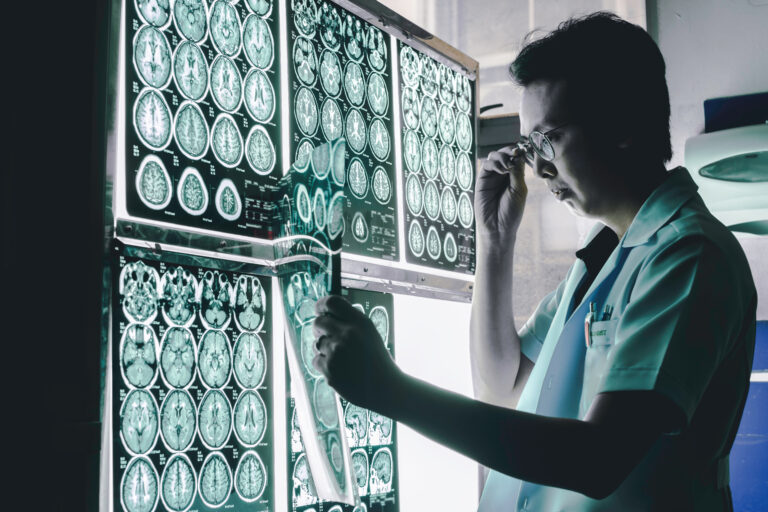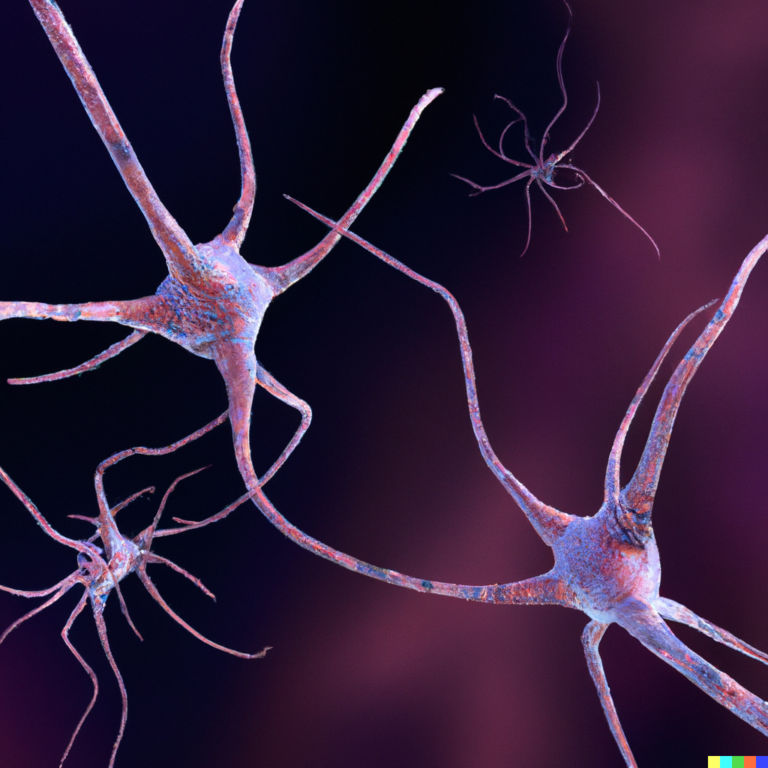
Alzheimer’s disease is a degenerative neurological disorder that affects millions of people worldwide. It is a progressive condition that gradually destroys a person’s memory, thinking, and ability to perform daily activities. Alzheimer’s disease is the most common cause of dementia in older adults, accounting for 60-80% of all cases. The condition is named after Alois Alzheimer, a German psychiatrist who first described it in 1906.
Alzheimer’s disease stages are an important aspect to consider when understanding and managing this degenerative neurological disorder. Alzheimer’s disease is a progressive condition that affects millions of people worldwide and is the most common cause of dementia in older adults. It is named after Alois Alzheimer, a German psychiatrist who first described it in 1906.
The progression of Alzheimer’s disease can be broken down into several stages. Understanding these alzheimer’s disease stages is essential to provide the best care and support for people with the condition. The first stage of Alzheimer’s disease is preclinical Alzheimer’s disease, where changes are taking place in the brain, but there are no visible symptoms. The second stage is mild cognitive impairment (MCI), where a person may start to experience some cognitive difficulties, but not yet to the extent that they interfere with daily life. The third stage is mild Alzheimer’s disease, where the symptoms become more noticeable and start to interfere with daily life. The fourth stage is moderate Alzheimer’s disease, where the symptoms become more severe, and the person may require more assistance with daily activities. The fifth and final stage is severe Alzheimer’s disease, where the person has lost the ability to communicate and may be bedridden.
During the different alzheimer’s disease stages, the person may experience various symptoms, such as memory loss, difficulty with language and communication, poor judgment, and changes in mood or personality. Providing support and assistance is crucial, especially in the later stages when the person may require round-the-clock care and assistance with all daily activities.
Stage 1: Preclinical Alzheimer’s Disease
The first stage of Alzheimer’s disease is called preclinical Alzheimer’s disease. During this stage, there are no visible symptoms of the condition, and the person appears to be functioning normally. However, changes are already taking place in the brain. Abnormal deposits of amyloid and tau proteins are starting to accumulate in the brain, leading to the death of brain cells. These deposits can be detected using brain imaging techniques, such as PET scans.
It is estimated that the preclinical stage of Alzheimer’s disease can last for many years, even up to two decades before any symptoms become apparent. During this stage, it is crucial to maintain a healthy lifestyle, including regular exercise, a healthy diet, and cognitive stimulation to help preserve brain function.
Stage 2: Mild Cognitive Impairment (MCI)
The second stage of Alzheimer’s disease is mild cognitive impairment (MCI). During this stage, a person may start to experience some cognitive difficulties that are noticeable to themselves and those around them, but not yet to the extent that they interfere with daily life. The symptoms of MCI can include:
- Memory loss
- Difficulty concentrating or paying attention
- Trouble with language or communication
- Difficulty with planning and organizing
- Poor judgment
- Misplacing items or losing track of things
- Changes in mood or personality
It is important to note that not everyone with MCI will go on to develop Alzheimer’s disease. Some people with MCI may remain stable, while others may improve or decline further. However, people with MCI are at an increased risk of developing Alzheimer’s disease in the future.
Stage 3: Mild Alzheimer’s Disease
The third stage of Alzheimer’s disease is mild Alzheimer’s disease. During this stage, the symptoms become more noticeable and start to interfere with daily life. The person may have difficulty with tasks that were previously easy, such as managing finances or remembering appointments. Some of the common symptoms of mild Alzheimer’s disease include:
- Memory loss, particularly short-term memory
- Difficulty with language and communication
- Difficulty with planning and organizing
- Poor judgment
- Misplacing items or losing track of things
- Changes in mood or personality
- Withdrawal from social activities
- Difficulty with spatial orientation
During this stage, the person may still be able to live independently, but may require some assistance with certain tasks. It is important to provide support and assistance as needed to help the person maintain their independence for as long as possible.
Stage 4: Moderate Alzheimer’s Disease
The fourth stage of Alzheimer’s disease is moderate Alzheimer’s disease. During this stage, the symptoms become more severe and the person may require more assistance with daily activities. Some of the common symptoms of moderate Alzheimer’s disease include:
- Worsening memory loss
- Difficulty with language and communication
- Difficulty with planning and organizing
- Poor judgment
- Agitation, anxiety, or aggression
- Sleep disturbances
- Difficulty with spatial orientation
- Wandering or getting lost
- Incontinence
During this stage, the person may require help with activities such as dressing, bathing, and eating. It is important
to provide a safe and supportive environment for the person, as they may become more disoriented and confused. They may also experience changes in their personality and behavior, such as becoming more agitated or withdrawn.
Stage 5: Severe Alzheimer’s Disease
The fifth and final stage of Alzheimer’s disease is severe Alzheimer’s disease. During this stage, the person has lost the ability to communicate and may be bedridden. Some of the common symptoms of severe Alzheimer’s disease include:
- Severe memory loss
- Difficulty with language and communication
- Difficulty with basic bodily functions such as swallowing and bowel and bladder control
- Loss of ability to recognize family and friends
- Loss of ability to walk and move around
- Increased susceptibility to infections
During this stage, the person will require round-the-clock care and assistance with all daily activities. It is important to provide comfort and support to the person, and to ensure that their physical and emotional needs are being met.
Conclusion – Alzheimer’s Disease Stages

Alzheimer’s disease is a complex and progressive neurological disorder that affects millions of people worldwide. The disease progresses through several stages, each with its own set of symptoms and characteristics. By understanding the different stages of Alzheimer’s disease, we can provide better care and support for people with the condition, and help them to maintain their quality of life for as long as possible.
While there is currently no cure for Alzheimer’s disease, there are treatments available that can help to manage the symptoms and improve the quality of life for people with the condition. It is also important to maintain a healthy lifestyle, including regular exercise, a healthy diet, and cognitive stimulation, to help reduce the risk of developing the condition in the first place.
Finally, it is important to provide support and understanding to people with Alzheimer’s disease and their families, as they navigate the challenges of this difficult condition. With the right care and support, it is possible to help people with Alzheimer’s disease maintain their dignity and quality of life, even in the later stages of the condition.





